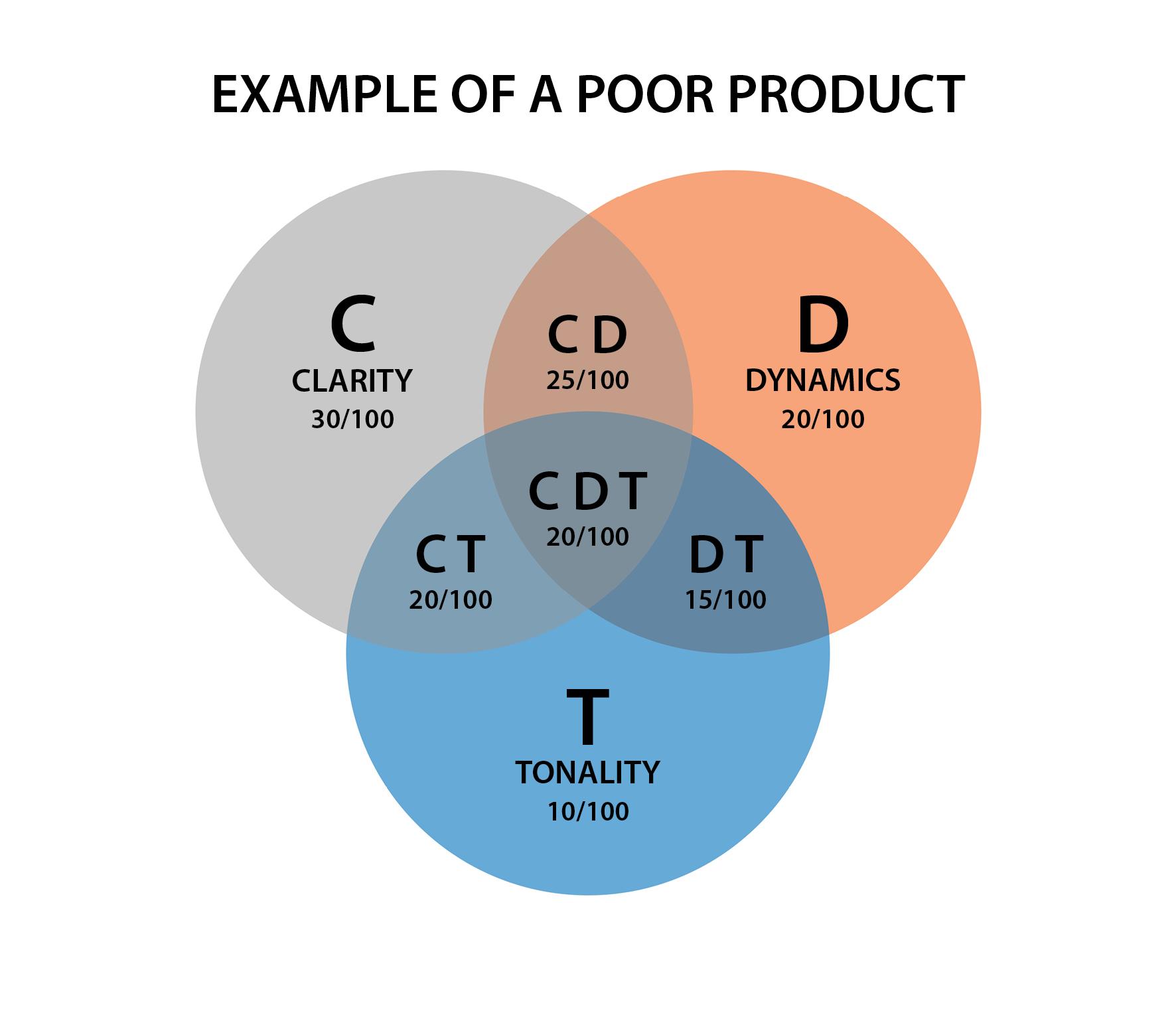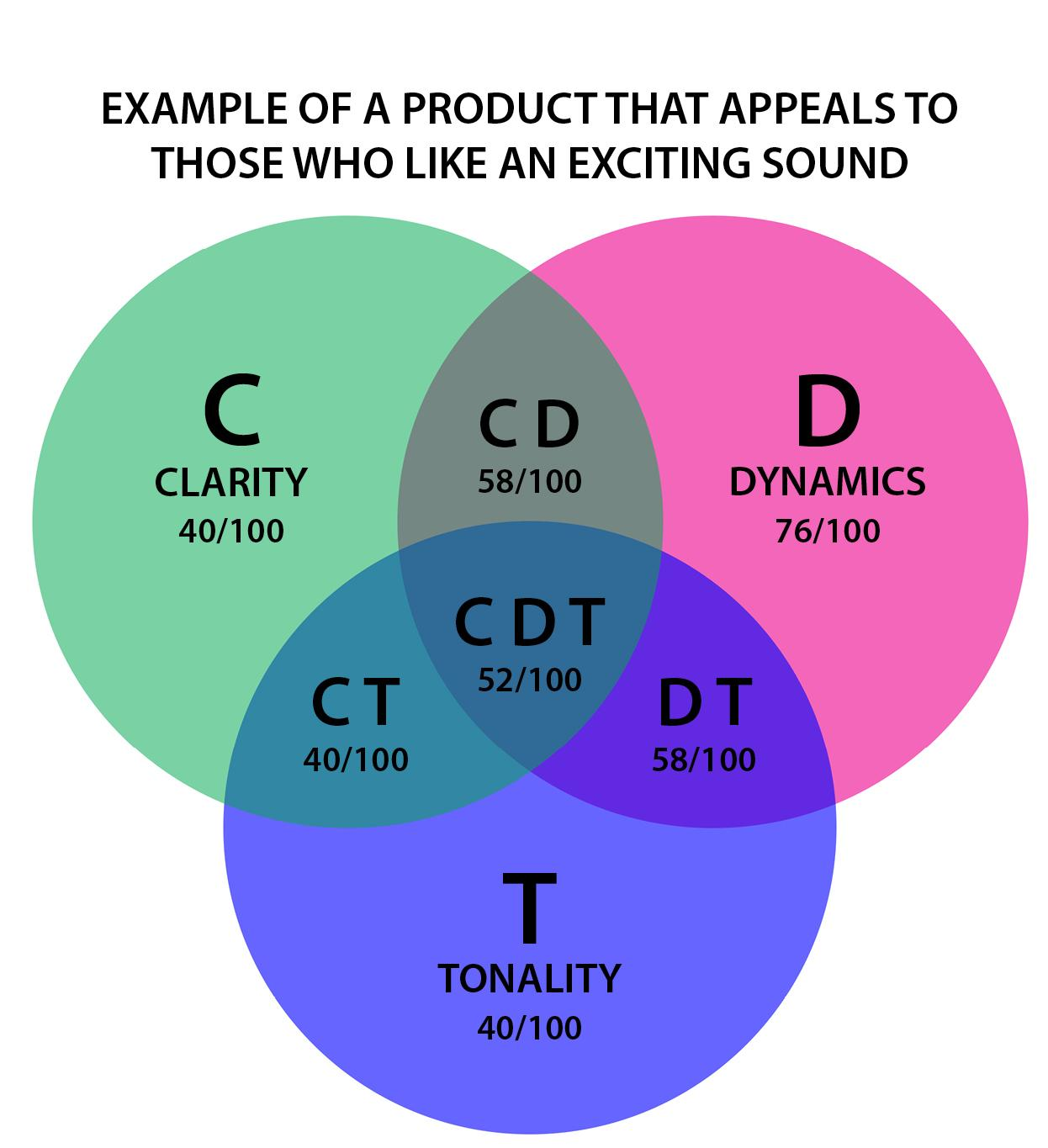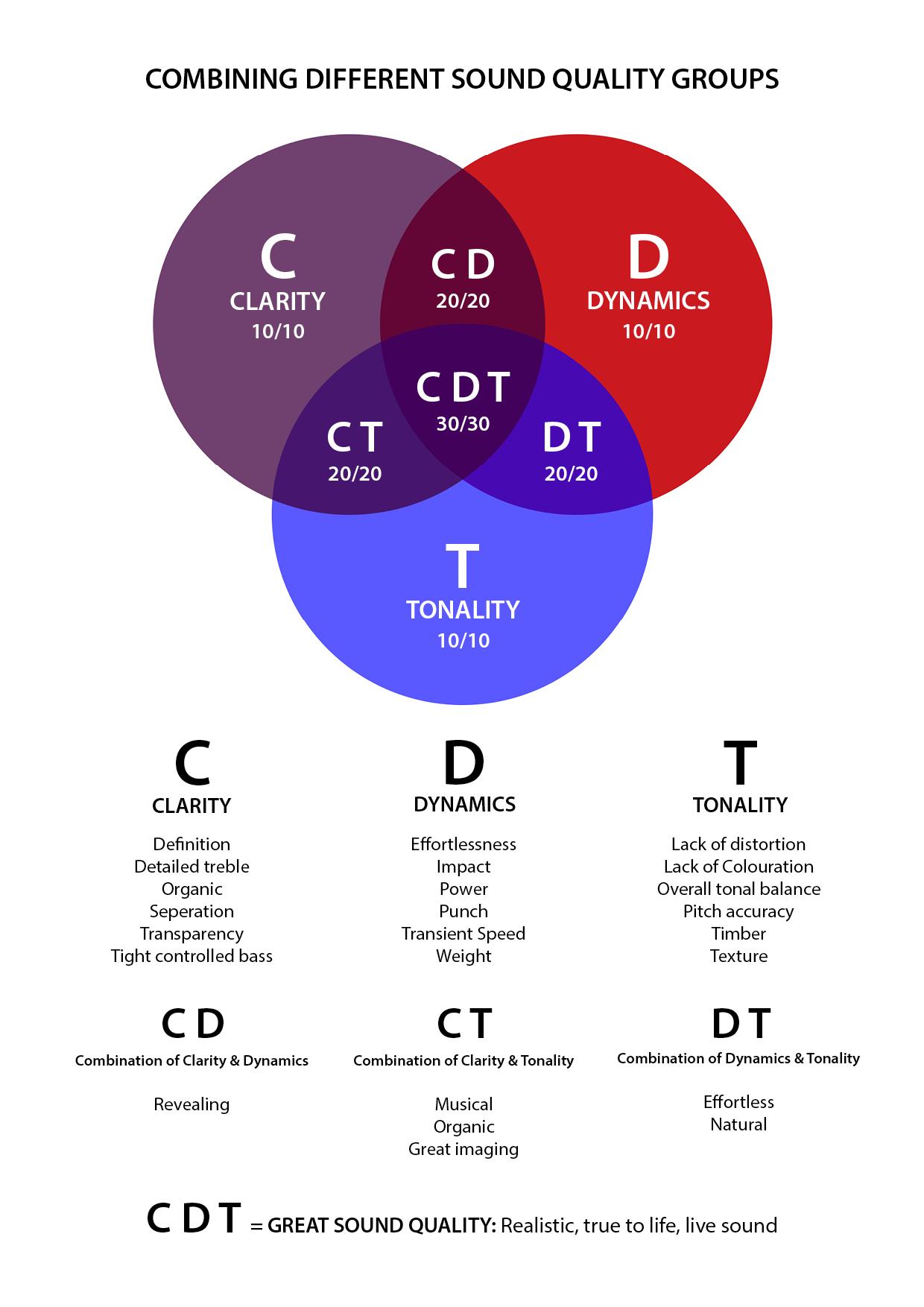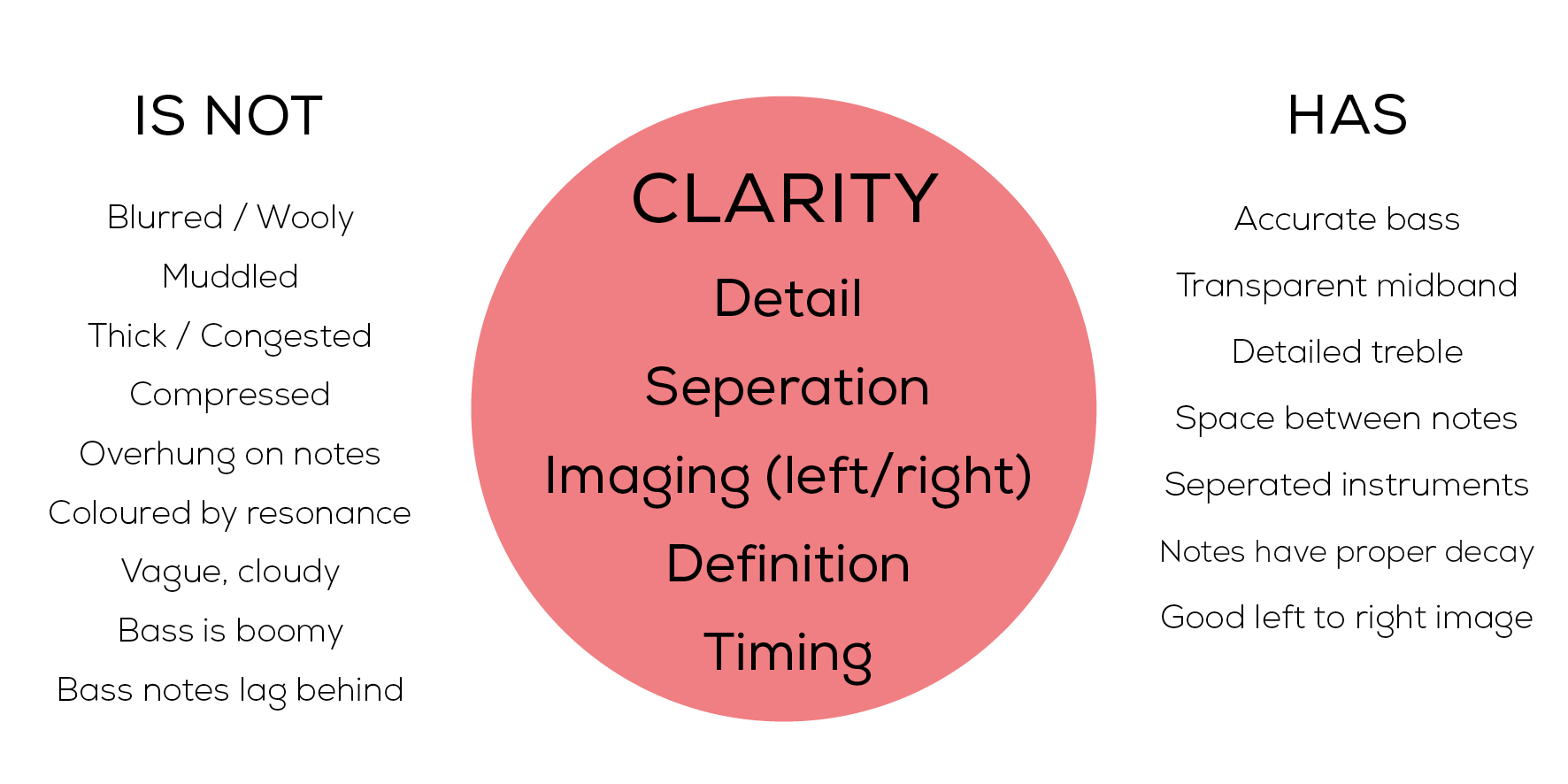The 3 Pillars of Good Sound Quality
Introduction to Good Sound Quality
If you are interested in good sound quality, this article aspires to help. My thanks must go to the outside assistance given by 4 professional designers and reviewers who have contributed and proof read the ideas included. This was necessary in a subject which can be confusing for a number of reasons which will become clear as you read.
At face value, good sound quality seems like an easy thing to evaluate. We say things like:
“I know what I like”
“My system sounds great”
“This item got a great review on sound quality”
“It’s either right or it’s wrong”
Most people want a system which gives you the feeling of “being there” at the original performance – of hearing the singers and instruments as if they were right there in the room in front of you.
In the process of both hearing and conducting many equipment auditions I have found that what seems simple is far from it!
Origin Live has won around 20 “product of the year” awards for their designs. This article seeks to pass on and distill over 3 decades of professional listening experience into easy to understand concepts.
- Things to watch out for when evaluating sound quality
- Knowing how people listen differently
- How to figure out your priorities in sound quality
- How reviews and recommendations may come from particular standpoints
I often discuss with clients how they wish to upgrade the equipment in their audio system. Many have great systems which they are happy with but are also aware that they have heard better. This leads to interesting conversations involving the pros and cons of various options. One of the most common difficulties expressed is that the range of choice is massive and pretty much everything is recommended by one source or another.
There are many stories of clients trying different items of equipment in an effort to address a particular shortcoming in sound quality. For example in a search for more detail in the sound, you may have purchased a pair of speakers, thinking they had great clarity in the audition. However, after a while you recognize that there is no bass warmth and listening becomes a fatiguing experience – tonally these speakers have too much treble.
So you duly acquire another pair of speakers without such an “insightful” treble – these are OK for a while but eventually you notice that the sound is not very exciting or involving. If truth be told, it’s boring because the dynamics are poor!
This story is the syndrome of swapping one set of problems for another. All part of the learning curve in achieving good sound quality. Whilst this may be fun for some, it is often too expensive and time consuming for others.
You can usually recognize good sound quality instantly. However it’s prudent to go further than initial impressions as there are many common pitfalls which need to be avoided. If you are relatively new to Hi Fi you may find it challenging to describe in detail what you are hearing. It’s like learning about computers or smartphones – flashy looking products can have underlying issues, and there are unfamiliar words and ways of describing the things which are not always consistent.
Why you need to evaluate products to your own satisfaction
Businesses are told by skillful marketing companies that it’s not about the product, it’s about the marketing! There is a lot of truth in this. Just because something is popular and well marketed does not mean it’s the best product out there. Putting claims to the test yourself through audition is the only way of knowing whether something really lives up to the hype.
Opportunities to audition equipment may occur at a dealer, hearing a friend’s system, Hi Fi shows or products ordered on a money back guarantee.
When these opportunities occur, it is extremely helpful to be on the lookout for key aspects of sound quality and know why they are important.
Remarks on listening to Hi FI
I used to think that unless someone had severe hearing loss, most people had similar hearing. I put down variations in the way people respond in listening tests as a matter of experience.
When new to Hi Fi, I myself used to find comparison tests of different systems quite demanding in terms of always understanding people’s comments. This was usually because I was particularly focused on one aspect of the music. Over time I have learned to tune in to things in a more holistic way rather than just being focused on certain aspects of the music.
Hearing varies from person to person in the same way that some have 20/20 vision, others are short sighted, others long sighted etc. It’s estimated that only 1 in 10,000 people have absolute pitch perfect hearing (meaning you can tell what key is played without a reference note). More commonly 1 in 50 have relative pitch perfect hearing (meaning you can tell whatever key is played relative to a reference Key played). 1 in 50 are tone deaf so everyone else is somewhere on the spectrum in between.
These facts tell you that designers, reviewers and listeners vary in their ability to hear tonal correctness. Some will pay a lot of attention to tonal quality and others will value different characteristics.
Technical measurements are of value but have limitations when assessing sound quality for reasons that have been well documented over the years.
People have differing preferences in what they like to hear in music.
If you are not used to hearing live music (un-amplified), you might not be so aware of how things should sound. It’s then easy to simply accept mediocre sound quality.
We quickly get used to the sound of our system without realising how much it can be improved. When you listen to a piece of familiar music on a different system, it can often shed a different light on things.
It takes time, experience, and critical listening to improve how you identify what makes good sound. Reading reviews or listening to sales people doesn’t guarantee you will end up with the best solutions.
I for one, have made many seriously poor buying decisions by listening to the enthusiastic opinion of others before listening for myself. So when reading reviews or listening to recommendations it helps to have a well charted map of what great sound quality really consists of.
3 Main Categories in Good Sound Quality
At Origin Live we find that the elements which make up good sound quality mostly fall into 3 core categories: Clarity, Dynamics and Tonality. What follows is not necessarily the most perfect way of looking at things but it helps to simplify and clarify a complex subject.
Dynamics – promotes “Excitement & Attention” from the music
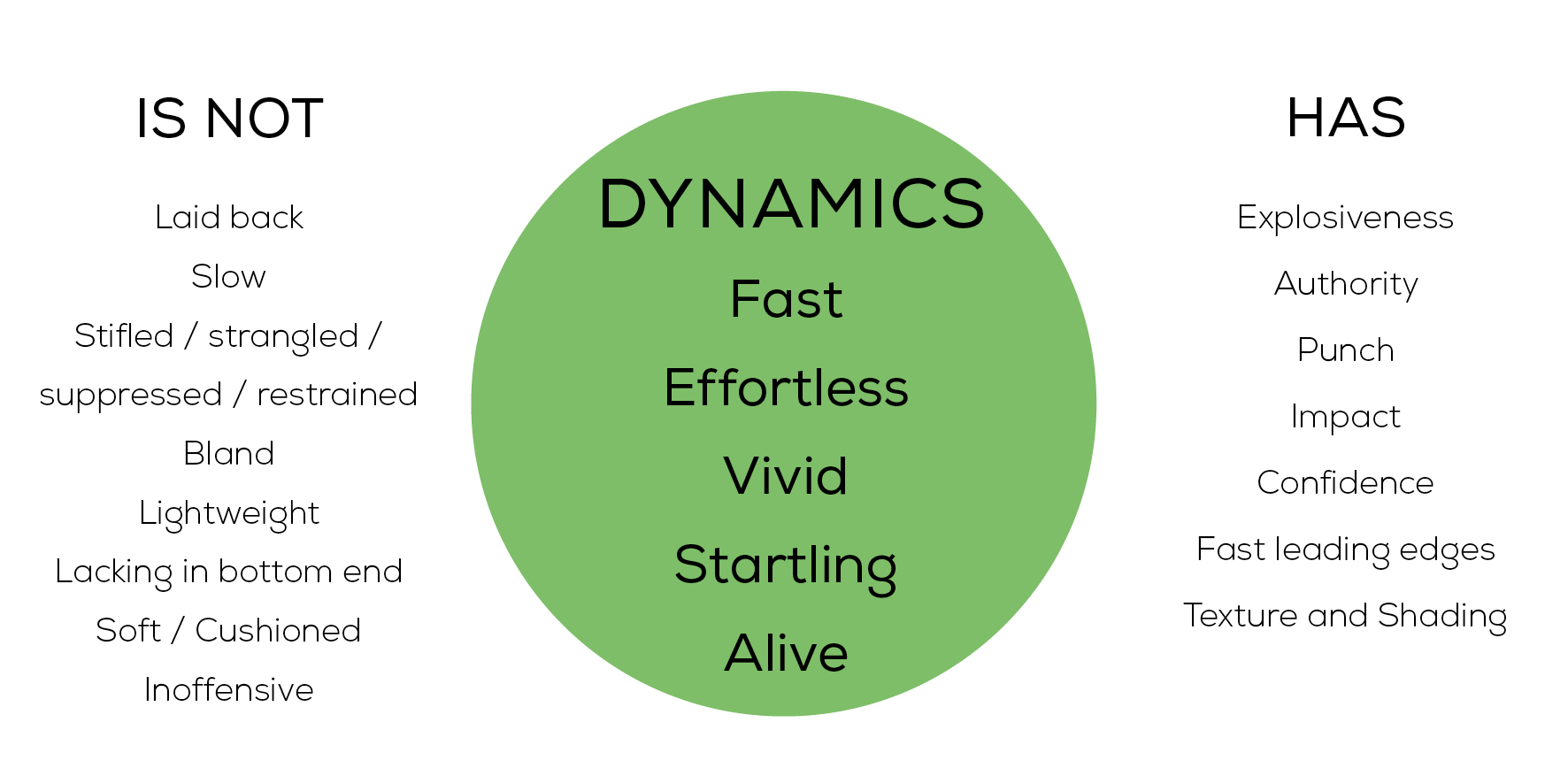
Please see “Remarks on Dynamics” for a more in depth look at this often misunderstood topic.
Tonality – promotes “Pleasure” from the music.
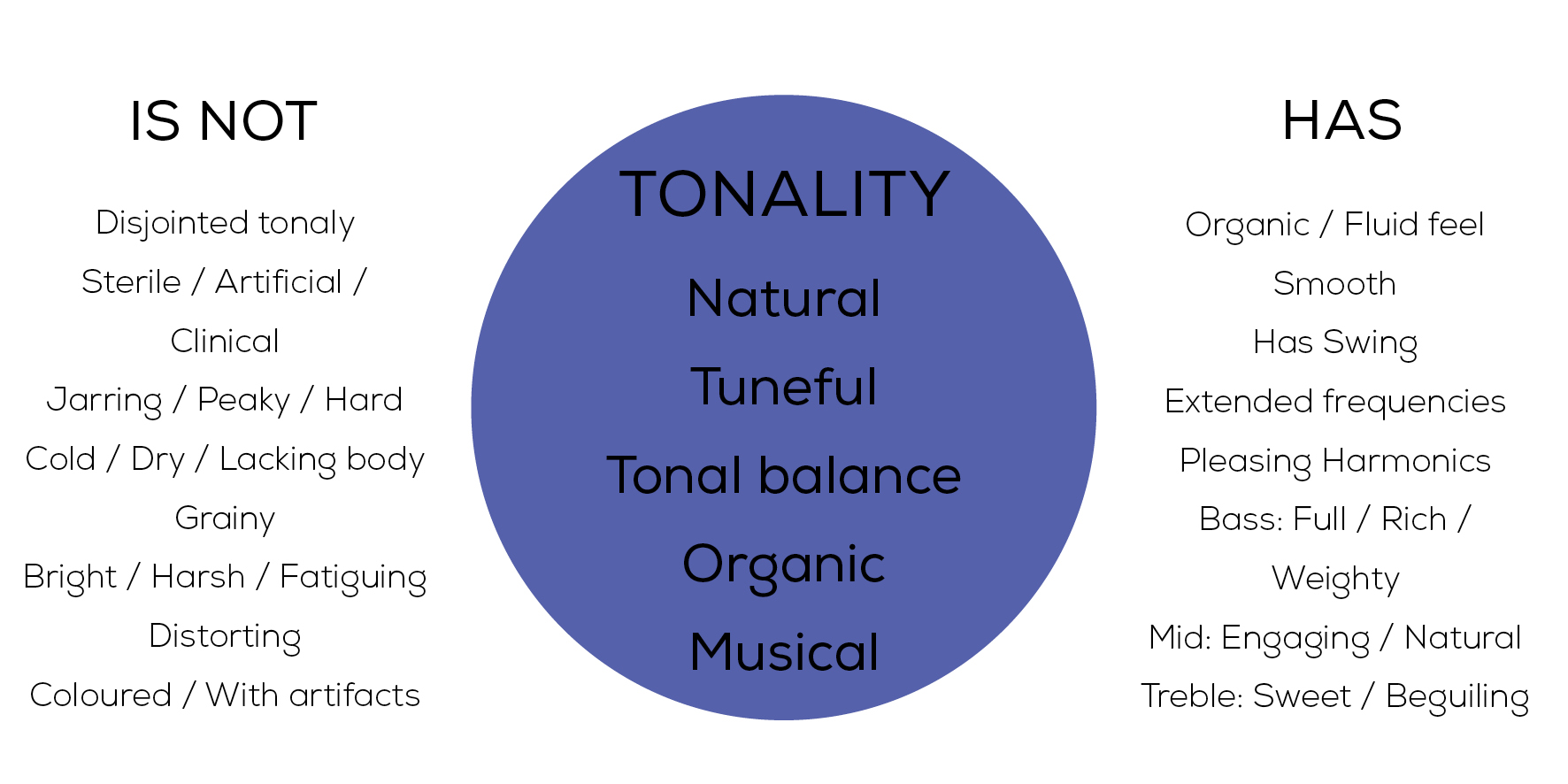
Please see “Notes on Tonality” for more discussion on tonality
The Winning Combination for Good Sound Quality
It is surprising how you can demonstrate 2 systems to a room full of listeners and there will be different opinions as to which is best. You can then carry out a similar demonstration between 2 other systems and the room will be unanimous on the winner.
The most likely reason for this is that in the first instance, one system appealed only to listeners with a given preference for clarity (by way of example) whereas in the unanimous verdict, one system appealed to all types of listener. This can be illustrated in the diagram below where you can see the sweet spot of truly good sound quality.
“Best Sound” which finds Universal Acceptance
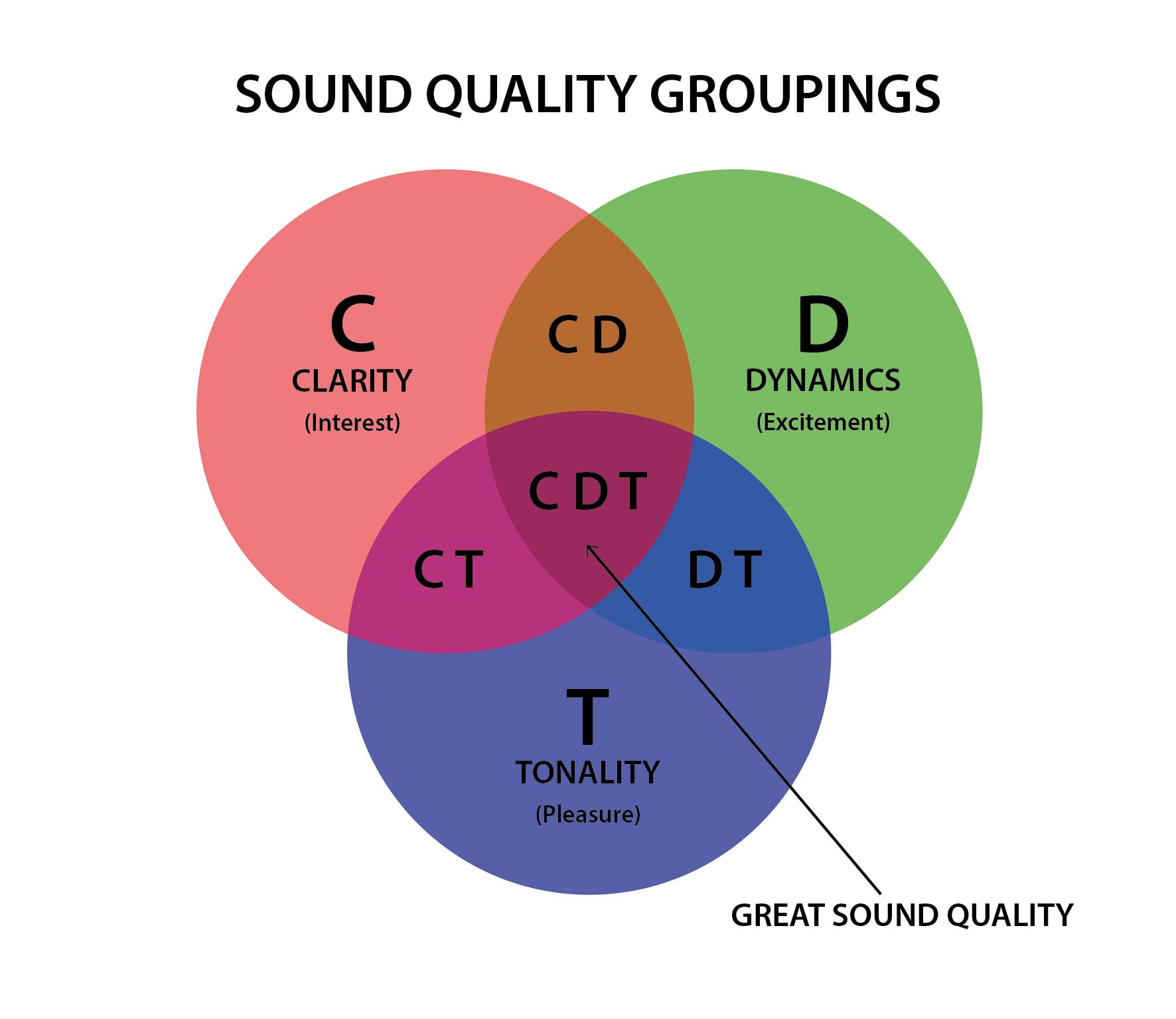
An evaluation of good sound quality will not only look at individual aspects in the music but also appreciate things holistically.
One way to do this is to score the above diagram. The intersection of the 3 circles in area CDT represents the overall score. The perfect sound is one which would score 100% in all three categories. The score at intersection “CDT” would be averaged to 100% [100C + 100D + 100T]/3 = 100%. Where C is Clarity, D is Dynamics & T is Tonality
The value of seeing the individual scores 100C 100D 100T – is that you may have a particular preference for clarity (for example), and not care too much about tonality. So if the score was [100C + 100D + 30T] / 3 = 77% you would be happy and the system may come at much less cost.
Of course no such scoring system has been formalised but it gives a concept of how reviews on good sound quality could score things to arrive at their conclusions.
It is interesting to note that the quality of Clarity/ Dynamics/Tonality can be enhanced or diminished by every component in your system – from source to loudspeakers.
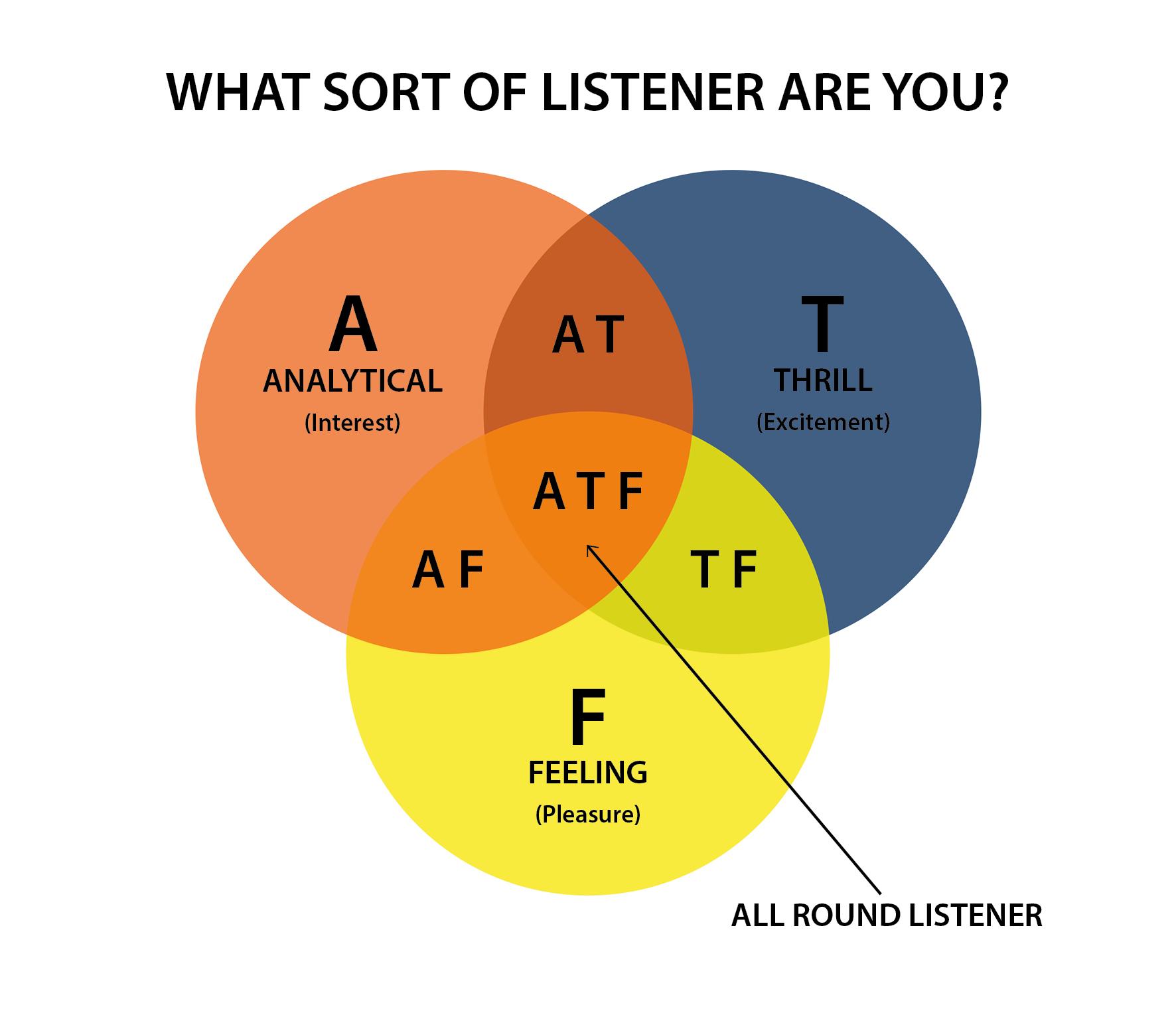
Basis of Observations
In 35 years carrying out listening tests, hearing demonstrations, giving demonstrations and sitting on professional blind test listening panels, it’s very clear that an understanding of what people like and why, is of supreme importance. This understanding helps avoid a myriad of pitfalls which may occur in:-
Design. Evaluation, Reviews, Your Choices etc.
Observations on Preferences
Everybody, even reviewers focus on different things when listening to music. Just as people prefer different genres of music, so we have particular preferences on aspects of what we consider to be good sound quality. Different aspects of sound draw different people in.
A parallel to what people like in good sound quality, is the type of books or films people like. Genres such as thriller, detective, romantic etc, all have their equivalents in music and equipment sound. Some people are more analytic in their listening and looking for the fine details in playback. Others are looking for the thrill you get with quality dynamics. Some most enjoy great tonality and the pleasing effect on the ear of wonderful harmonics in the music. The all round listener will latch onto all three of these while listening to music.
If you are not particularly sensitive to tonality, you will probably pay a lot more attention to things like dynamics or clarity. If on the other hand, you are sensitive to pitch and harmonics (e.g like a musician) then you may find tonal anomalies extremely irritating and will not rate equipment which is poor tonally. Tonal anomalies can include things like singers sounding flat, piano harmonics sounding unnatural etc. Knowing what you like in good sound quality is an important key to making the best equipment choices.
Magazine reviews are often very helpful in shortlisting products for audition as they often discuss sound quality in depth. However it’s worth recognizing the following:
- A huge number of products all receive the same rating (number of stars or % score etc)
- Scoring systems don’t rate absolute performance of products. For example a £200 product will get 5 stars which means that it’s good in it’s class. What this score does not tell you, is how it compares to a £1000 product. The truth is that there are products which outperform others at over 10 times the price.
- It’s natural that any review will be colored by the reviewers hearing and personal tastes. Ignoring the overall rating, good reviews still give a picture of a product’s characteristics which helps.
Food for Thought on Good Sound Quality
Hopefully this article has provided food for thought in what makes good sound quality from a subjective point of view. This is a huge subject of course but sometimes new ways of looking at things can provide all sorts of breakthroughs.
Closer Examination of the 3 Pillars of Good Sound Quality
Hearing ability
Hearing ability varies from person to person. Some have great hearing but are not always experienced or trained in listening. Others have hearing loss. Some worry about age – see article below – How age affects hearing.
Some reviewers and designers have what we can call “hypersensitive hearing” but not many. Please see article below.
Sound stage ( 3 dimensionality)
This is probably the ultimate test for any system as the ability to create a sonic hologram of the sound involves all 3 of the pillars of great sound quality.
- Left to right image is linked to clarity.
- Depth of image, in terms of front to back positioning tends to be linked to accurate tonality.
- The ability to accurately pinpoint instruments and singers in the mix is linked to dynamics. As mentioned previously dynamics draw “attention” and the ear follows dynamic sounds much more easily to locate them positionaly in the mix. If an instrument is producing good dynamics it’s a bit like turning a stage spotlight onto it.
